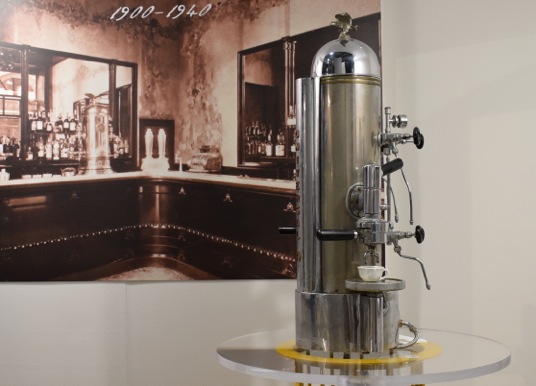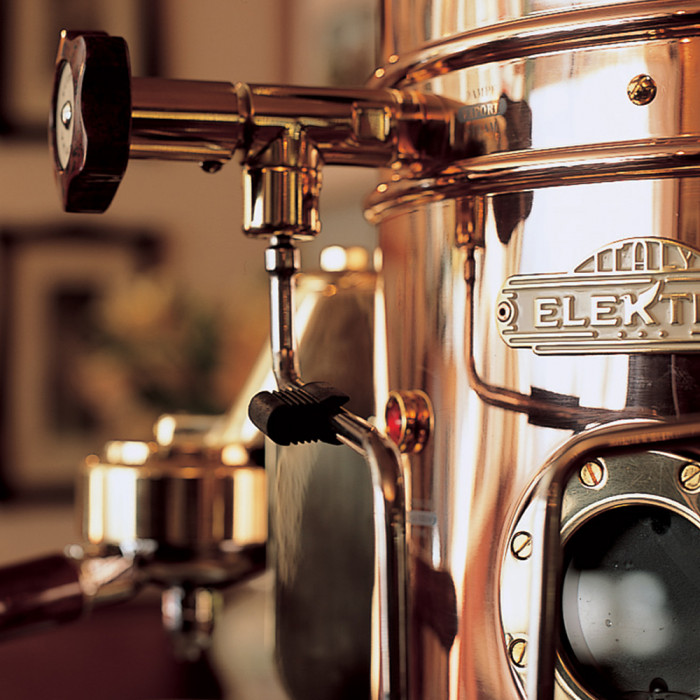Usually the coffee blends were made of Arabica varieties from Brazil and Ethiopia.
Up until the mid-nineteenth century, the Arabica used to be the only grown coffee variety; the first data relating to its production indicate Java (Indonesia), Suriname, Jamaica and Brazil as the main exporters. Soon Brazil gained the primacy of the world production thanks to its wide availability of fertile lands.
Also, in the United States the number of consumers grew very fast reaching 40% of the world consumption in 1890 and up to 60% during World War I.
Between 1870 and 1920 the Roya epidemy (a fungal pathogen that attacks the leaves of coffee plants) throughout the plantations and therefore the necessity arose to look for coffee varieties which were more resisting, leading to the Coffea Canephora (Robusta) which was first found in Zaire, Africa.
Europeans still requested a higher quality of coffee, roasted lighter in the North and gradually darker, going towards the South. In Italy the locals used the monumental steam engine, which in less than one minute dispenses a full-bodied coffee with an intense flavor : a success which was destined to revolutionize the world of coffee in the Peninsula and around the world.
During World War II no imported goods, including coffee, were allowed to Italy which lead the people to look for alternatives, such as chicory, carcassé and barley coffee.


